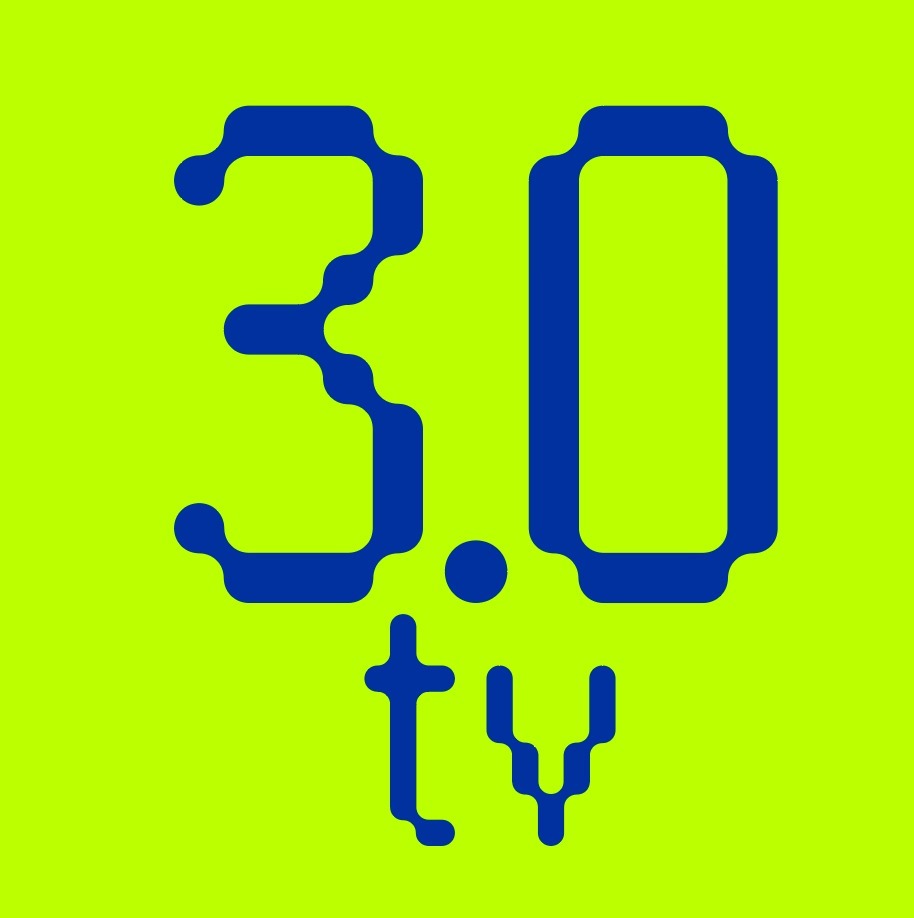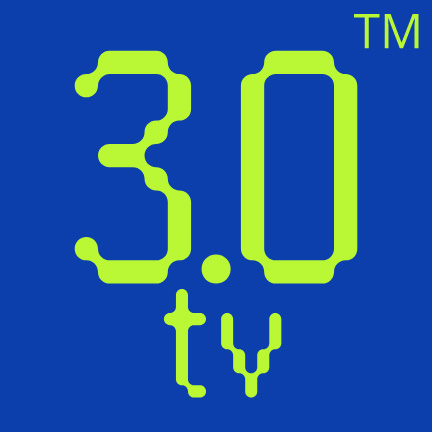You need to login in order to Like
Fundamentals of Token Standards
By Kapil Rajyaguru
The dynamic world of cryptocurrencies is incomplete without mentioning the importance of token standards that govern the operational and legal aspects of digital currencies on various blockchains. Tokens have several purposes, such as encapsulating the right of ownership in apps and digital keepsakes and signifying a part of a project (like stock in a firm).
Tokens are used as a medium for a wide range of digital transactions and interactions, which makes them useful in a wide range of blockchain applications, such as financial services, gaming, and digital art.
Token Standards Explained
Token standards are a collection of rules and technical details that define how tokens behave on a particular network. These standards enable tokens to work with a wide range of services and applications in the ecosystem, like exchanges and wallets, by guaranteeing that they follow a certain structure. The successful transmission and usage of tokens across several platforms and apps depends on the adoption of this standard.
Token standards are being developed in tandem with the blockchain ecosystem’s evolution. Token standards were basic in the beginning, focusing on core functions like token production and transfer.
However, as the blockchain space developed, so did the standards, incorporating complex features like multi-token transactions and improved security measures. The continual advancements in blockchain technology are driving the development of increasingly complex token standards, which is encouraging for token standards moving forward.
Future standards are expected to accommodate a wider range of features, including cross-chain interoperability and more intricate smart contract interactions.
Types of Token Standards
Since Ethereum is a pioneer in the field of blockchain technology, it has assumed the lead in developing token standards. The most famous token standard is ERC-20 which laid foundation for tokens that are fungible and interchangeable.
There is another important Ethereum standard which acts as cornerstone for Non-Fungible Tokens called ERC-721.
Since ERC-721 are non-transferable, they are used to prove ownership of unique artwork or digital collectibles.
Apart from the above two standards there are ERC-77, ERC-4626 and ERC-1155 standards, which are recent ones that provide more capability and greater flexibility.
Additionally, Binance, Polkadot, Cosmos and other blockchains have also incorporated one-of-a-kind token standards providing more diversity to the world of cryptocurrency.
Effectiveness of Token Standards
Token rules impact the cryptocurrency industry and its surrounding ecosystems profoundly and broadly. The growth in Initial Coin Offerings (ICOs) and token-based initiatives that followed is evidence that these standards have been the primary driver behind the cryptocurrency market’s exponential development and diversity. Through the implementation of a standardized procedure for establishing and maintaining digital assets, they have made it possible for both existing and developing firms to sell new tokens.
Drawbacks of Token Standards
Token standards in the Bitcoin space have one major drawback: they are incompatible. Since each blockchain has its own set of guidelines and procedures, tokens made according to several standards are frequently incompatible. This restriction presents a variety of difficulties:
· Cross-chain transactions are made more difficult by the coins’ restricted functionality on their own home blockchain systems.
· The restricted ability to trade tokens directly across different blockchains adds complexity to the trading and liquidity management process. Users are frequently forced to rely on cryptocurrency exchanges or specialized bridge mechanisms for transactions involving several types of tokens – the blockchain of Bitcoin.
· These interoperability issues cause problems for the user when they try to store and use different kinds of digital content. Increased costs and complexity arise from consumers’ inability to use assets across various blockchain apps with ease.
A Path Forward
Looking ahead, the path of token standards is closely connected to the advancement of blockchain technology. Token standards are expected to become more complex as a more advanced blockchain age emerges, allowing them to accommodate a wider range of features and applications. This might include creating protocols to make it easier for tokens to move across different blockchains and adding more advanced features to smart contracts so that new applications can be implemented in a variety of sectors.
It is impossible to overstate the importance of community and governance in setting these expectations for the future. The creation of token standards will also require the active participation and consent of a worldwide community composed of developers, users, and stakeholders, as blockchain technology feeds on teamwork and community interaction. Scalability, security, and regulatory compliance are obstacles that must be solved, and this collaborative strategy must be implemented.
You need to login in order to Like

















